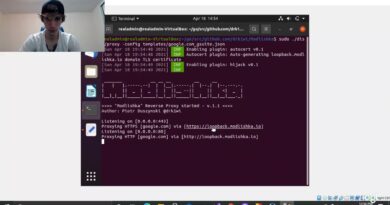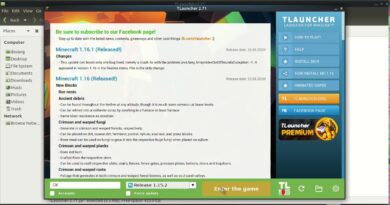Protected Mode
Protected mode is a mode of operation that modern x86 processors support, offering advanced memory protection, multitasking, and privilege levels. It is in contrast to real mode, which is a simpler mode of operation and lacks the memory protection features provided by protected mode.
Here are some key features and aspects of protected mode:
Memory Protection:
One of the primary features of protected mode is memory protection. It enables the operating system to isolate programs and prevent them from directly accessing each other’s memory space. Each program runs in its own protected address space.
Multitasking:
Protected mode supports multitasking, allowing multiple programs or tasks to run concurrently. The operating system can switch between tasks, giving the appearance of simultaneous execution.
Privilege Levels:
Protected mode introduces four privilege levels (0 to 3), where lower privilege levels have fewer privileges than higher ones. The operating system typically runs at the highest privilege level (Ring 0), and user applications run at lower privilege levels (Ring 3). This hierarchical structure enhances system security.
Virtual Memory:
Protected mode facilitates virtual memory, allowing the operating system to provide each program with a virtual address space that is independent of the physical memory layout. This enables features like paging and demand paging.
Enhanced Addressing:
Protected mode allows for 32-bit and 64-bit addressing, enabling access to a larger address space compared to the 20-bit addressing of real mode. This allows systems to address more physical memory.
Descriptor Tables:
Descriptor tables, such as the Global Descriptor Table (GDT) and the Local Descriptor Table (LDT), are used to define memory segments and their attributes, including base address, limit, and access permissions.
Interrupt Handling:
Protected mode supports a more sophisticated mechanism for handling interrupts and exceptions. It allows for the definition of interrupt service routines (ISRs) and provides a mechanism for handling exceptions at different privilege levels.
Task State Segment (TSS):
The TSS is a data structure used in protected mode to store information about a task, including the task’s register values, privilege level, and other context information. It is used in multitasking environments.
Context Switching:
Protected mode allows the operating system to perform context switching between tasks efficiently. This involves saving and restoring the state of the CPU for different tasks.
Transition from Real Mode:
To switch from real mode to protected mode, a special sequence of instructions is executed. This transition is typically performed during the system boot process by the operating system kernel.
Protected mode is a crucial aspect of modern operating systems like Windows, Linux, and macOS. It provides the foundation for features such as memory protection, multitasking, and virtual memory that are essential for the efficient and secure operation of contemporary computing systems.
by Technology (Information, Electronics, and Science)
linux foundation



